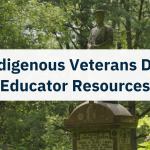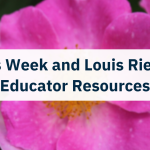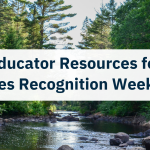Creating and Using Indigenous Digital Content With TSEC
In late November, Montreal hosted the Indspire National Gathering for Indigenous Education. This two-day event attracted over 700 educators from across Canada. It included many networking, learning, and sharing opportunities. The event featured over 70 workshops where education leaders shared their stories and answered questions about their programs and initiatives. Sarah Thompson from Treaty Six Education Council (TSEC) delivered one of these sessions. She shared TSEC’s experience “Creating and Using Digital Indigenous Content.” Sarah and her team have worked with Learning Bird over the last two years to create resources for their schools and integrate them into their classrooms.
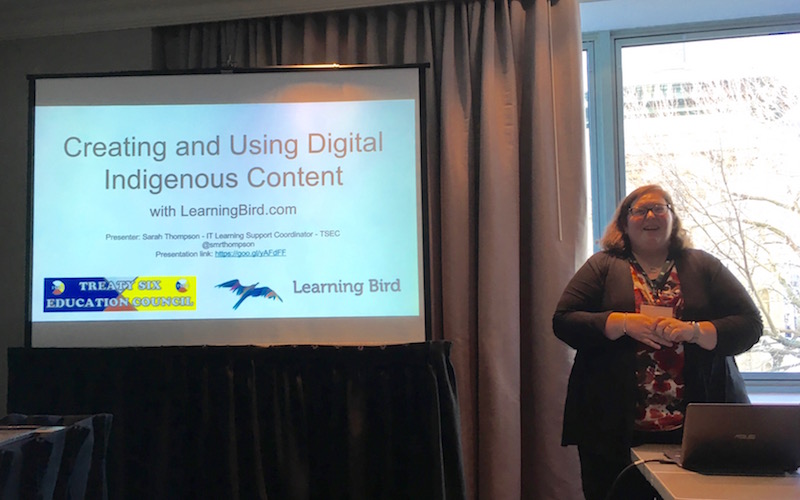
This session was a full house. There were many great questions from the audience and lively discussions in the hallways afterwards. Unfortunately, we could not film Sarah’s presentation, but we wanted to share some of it with you.
Introduction to the TSEC Project
TSEC is an education council based out of North Battleford, Saskatchewan. They serve 12 schools and support over 2,100 learners across Northern Saskatchewan. Educators and learners in 11 schools from grades 5-12 can access digital resources through the Learning Bird platform.
Digitizing Knowledge and Teachings
Sarah started her presentation by discussing our relationship and TSEC’s motivations for working with us. TSEC was very excited about digitally recording Indigenous knowledge and teachings. Recordings preserve knowledge and teachings, making them accessible for years to come.
We worked together to develop culturally appropriate, relevant, curriculum-aligned lessons from the collected knowledge and teachings. Educators can use the Learning Bird platform to access TSEC lessons and other lessons created with Indigenous communities across Canada. That enables TSEC educators to teach Indigenous education with digital resources. They can incorporate a variety of Indigenous perspectives into their classrooms. Educators are now able to join together culture, education, and technology.

Collaboration Process
Next, Sarah talked about the collaboration process. She explained how TSEC staff and educators began working closely with Learning Bird in September 2016 to create 100 lessons. The lessons included various subjects, from the Cree language to Elders’ roles in school to learning math concepts through Indigenous art. Sarah outlined the collaboration process, which she divided into three main stages.
Stage 1: Choosing topics and creating an outline
The first step in our collaboration process included TSEC selecting their content team. This team included educators and consultants from TSEC. The TSEC team chose topics, collected materials, and approved the final lessons. The TSEC and Learning Bird teams selected 25 topics covered over 100 lessons. TSEC used its Cultural Year Plan (CYP) as the foundation for the topic selection process.
TSEC’s CYP weaves together five different curricula:
- Elders’ Seasonal Themes (Culture),
- Provincial Curriculum,
- Cree Language/Culture Curriculum (Language Cree sets),
- Treaty Curriculum,
- Land-Based Learning Curriculum (developed by schools).
The CYP breaks these five curricula down by what each grade should learn each month.
The two teams worked collaboratively to develop an outline describing the scope of each lesson in detail. It included a breakdown of which lessons required resources or support. The TSEC team gathered the required curricula, documents, videos, and images to support the selected topics. They put them in a digital format and uploaded them to Google Drive. Then, Learning Bird content creators began incorporating these resources into the lessons.
Stage 2: Scripting
Once we chose the topics and uploaded the resources to a communal drive, the Learning Bird team developed scripts. These lessons were in various formats, including videos, podcasts, presentations, and handouts.
It was important to approach the scripts with curricular outcomes and pedagogical best practices in mind. Once our team completed the scripts, we sent them to the TSEC content team for review. The TSEC team ensured that the lessons aligned with their vision. They provided feedback about storylines and language. We pride ourselves on having an open dialogue about all scripts we produce. Our team welcomes comments, edits, and feedback. Learning Bird strives to ensure that educators value the lessons we create with our partners.
Stage 3: Production
After incorporating all the feedback into the lesson scripts, our content creators produced the final lessons. Then we uploaded them to the Learning Bird platform. These lessons featured images from TSEC affiliated communities and interviews and voice clips from member Nations. We included these pictures and voices to ensure learners could see and hear their communities, people, and land reflected in the educational materials used in their classrooms.
The Learning Bird team again asked the TSEC team to review the lessons on the platform. That happens before the lessons are publicly available to all schools and communities. Our team incorporated the feedback that arose. We uploaded the revised final versions to the Learning Bird platform.
TSEC and Learning Bird then had a viewing party to celebrate the availability of the final lessons. TSEC staff and educators got together to watch a sampling of the 100 lessons. It raised awareness about the content and got educators excited about using them in their classrooms. The lessons we created collaboratively belong to Treaty Six Education Council. Their educators will always have access to them.
Using the TSEC Lessons in the Classroom
After Sarah explained the lesson creation process and took some great questions from the audience, she talked about how educators are using the lessons. She started by showing excerpts from lessons. The first was a language podcast that featured Cree vocabulary. The second was a slideshow that outlined the meanings of the Tipi poles. The podcast included sound clips from TSEC language teachers. The Tipi teachings slideshow features photos from TSEC schools and content from a TSEC poster series.
Using Skype and Interviews in the Classroom
Sarah then showed how to use a unit in class. She selected the TSEC unit “Using Skype and Interviews in the Classroom.” She discussed how educators could integrate Skype into their classrooms to meet learners across the globe without travelling. This unit enables learners to practice their interview skills and share their culture with others.
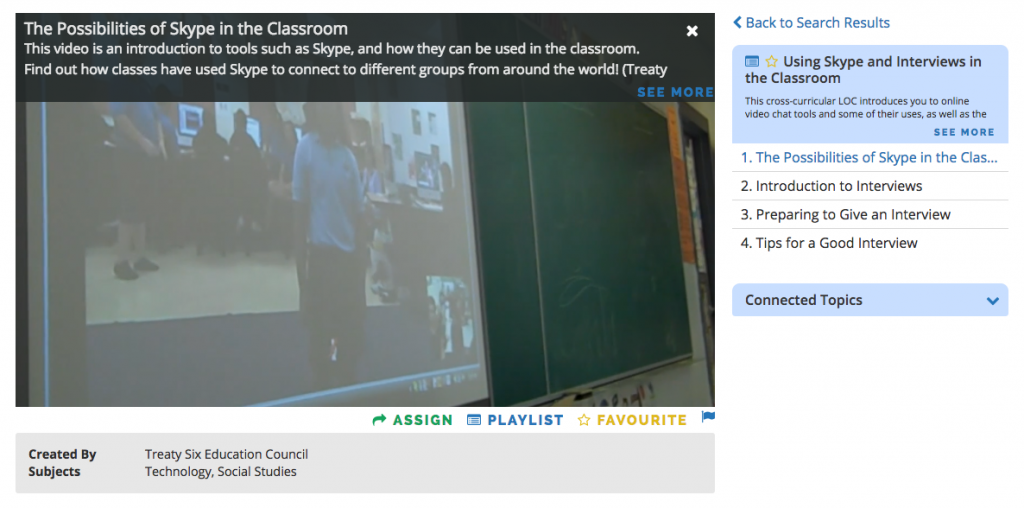
Here’s how Sarah suggested using this material in the classroom.
- Search the Learning Bird platform for “The Possibilities of Skype in the Classroom.”
- Play the video for learners.
- Discuss who they would like to connect with.
- Find another school or educator interested in connecting with your class and set up a time to connect via Skype.
- You may suggest a discussion topic for the session.
- Before the Skype session, go to the Learning Bird platform and play the “Introduction to Interviews” video for your learners.
- This lesson explains the value of learning from others.
- It addresses topics like perspective, types of questions, and courteousness.
- Provide learners with the “Preparing to Give an Interview” handout from the Learning Bird platform.
- You can use it as a whole class activity or ask learners to complete it individually or in small groups.
- This activity helps learners plan and organize their interviews.
- Review the “Tips for a Good Interview” presentation with learners from the Learning Bird platform.
- Log in to Skype and meet the other class at the designated time.
- Ensure learners listen attentively and provide information about themselves.
- Encourage learners to practice their listening, interview, and presentation skills.
As a possible extension activity, learners could interview an Elder or community member about a specific topic. It would involve similar steps to preparing for the Skype meeting.
Future TSEC Goals
Sarah also shared information about the content TSEC is building with Learning Bird this year. We are developing new topic areas:
- Making Inferences
- Teaching Using the Total Physical Response (TPR) Strategy
- Descriptive Writing
- Nonfiction Summaries
- Symmetry in Star Blankets
- Surface Area Using Dog Houses for Sled Dogs
- The Educational Benefits of Speed Stacking
- Medicinal Plants in the Northern Saskatchewan Area
The new content will include engaging with technologies, sharing language and culture knowledge, collecting cultural materials, and recording community Knowledge Keepers and Elders.
Sharing Experiences
Thank you, Sarah, for sharing your experience working with Learning Bird and showing some of the content we’ve built together. Your session maintained audience interest and engagement throughout. Some great comments and questions surfaced at the end of the session and in the following weeks.
If you are interested in seeing some of the content TSEC created and shared on the Learning Bird platform, you can create a trial account or reach out to our team. We can talk more about collaborating with your school or community.



